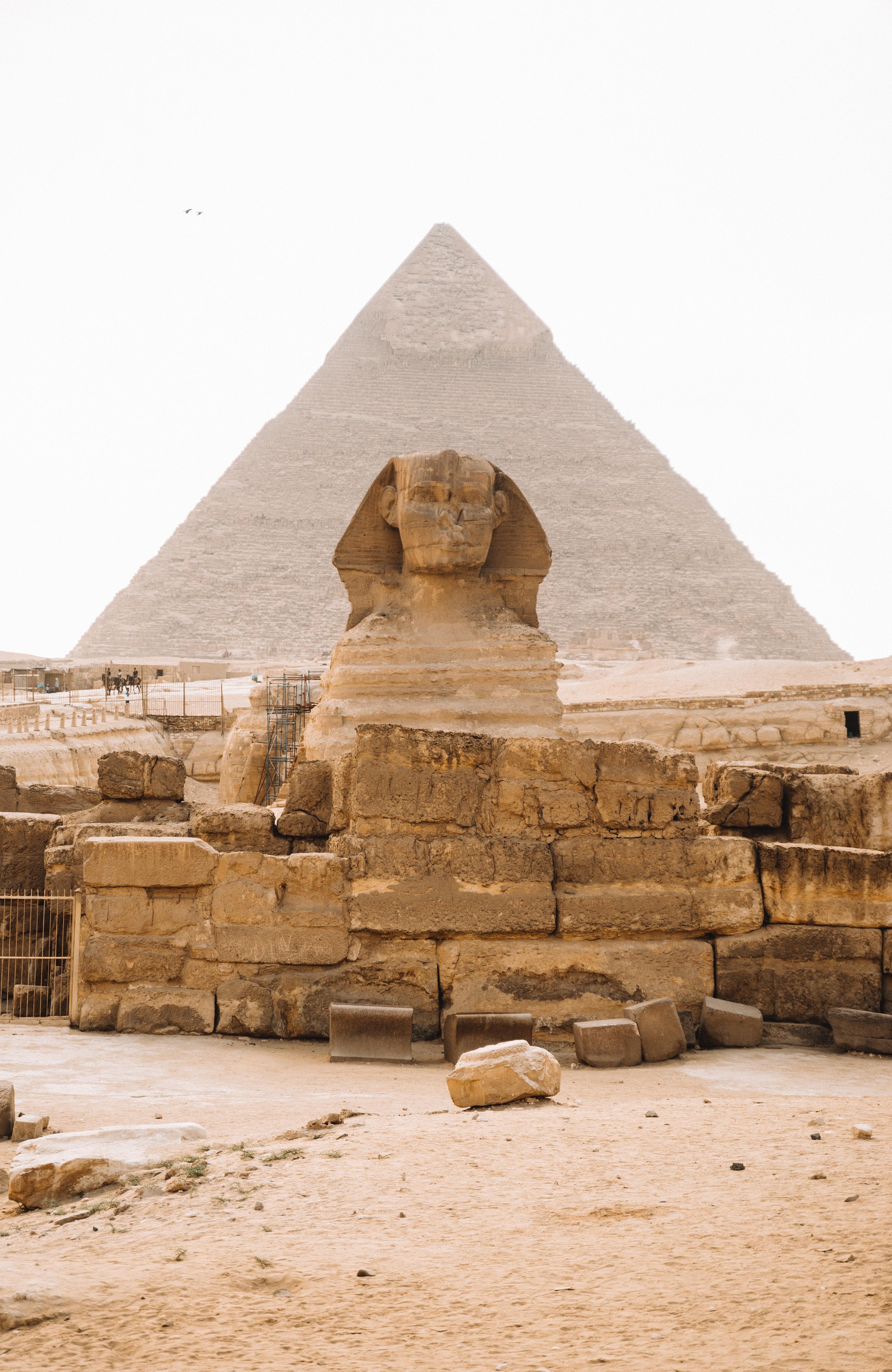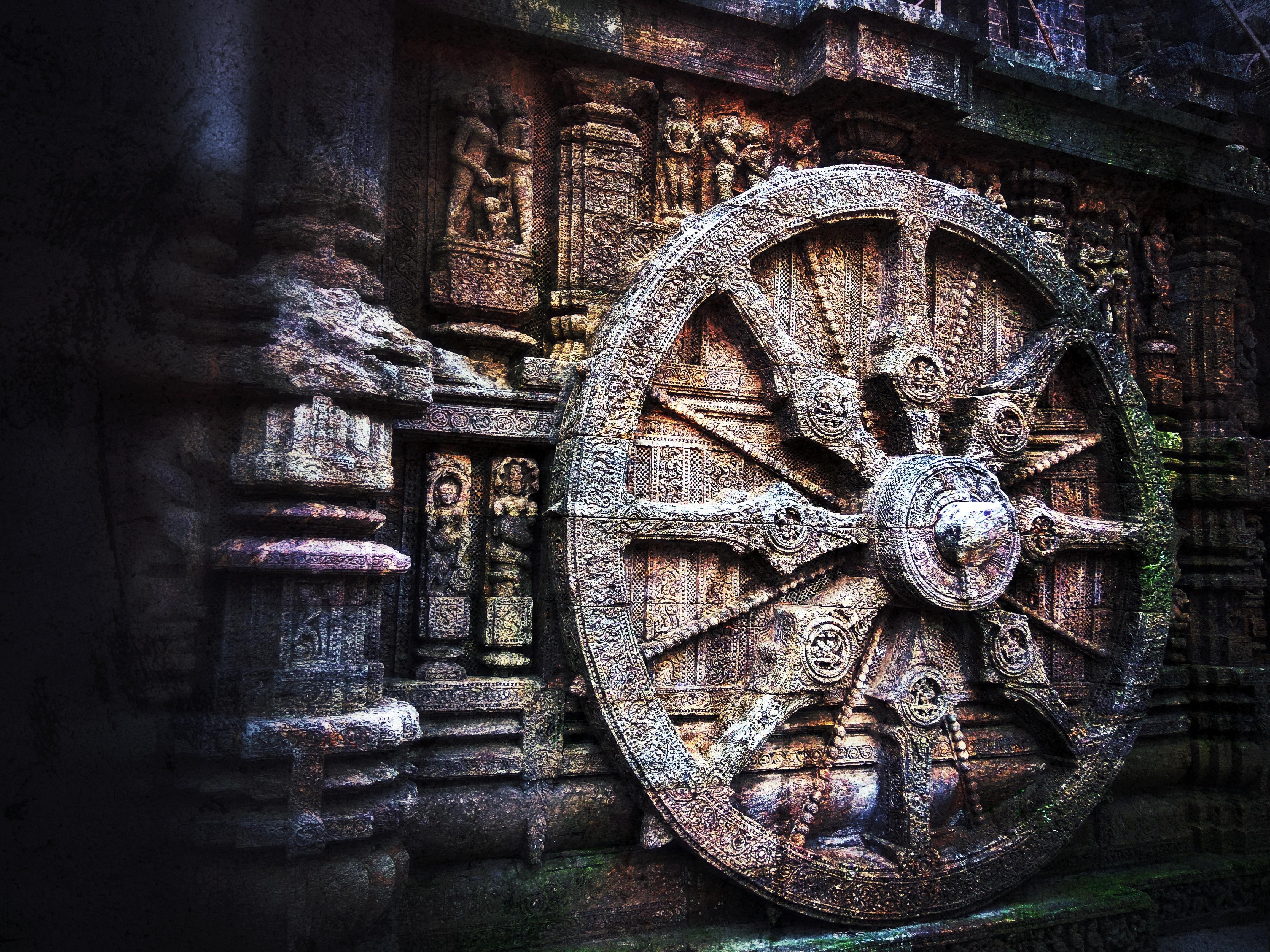Welcome to the intriguing world of archaeology – where the past comes alive through the remnants of ancient civilizations. As history enthusiasts, we often find ourselves questioning how historians uncover the secrets of bygone eras. This blog post aims to shed light on one such crucial aspect – archaeological sources. So, let’s delve into the fascinating realm of artifacts, ruins, and excavations, and discover how archaeology contributes to our understanding of Indian history.
To fully grasp the significance of archaeological sources, it’s important to comprehend the broader classification of sources in Indian history. From literary sources to archaeological findings, Indian history is rich and diverse, offering invaluable insights into the past. In this blog post, we will primarily focus on archaeological sources, exploring their characteristics, types, and impact on our understanding of the Indian subcontinent’s history.
So, grab your shovels and get ready to unearth the hidden treasures of the past as we embark on this enthralling journey through ancient Indian history with a focus on archaeological sources.

What Are Archaeological Sources?
Archaeological sources are the detective’s best friend in unraveling the mysteries of our past. These sources give us a glimpse into ancient civilizations and allow us to piece together the puzzle of history. But what exactly are archaeological sources?
Unearthing the Past
Archaeological sources are the artifacts, structures, and materials left behind by past societies. They provide tangible evidence of how people lived, what they believed, and how they interacted with their environment. From ancient tools and pottery shards to grand temples and burial sites, each artifact has a story to tell.
Digging Deeper: The Written Word
One of the most captivating and informative archaeological sources is the written word. Ancient texts, tablets, and inscriptions provide a direct link to the past and shed light on the thoughts, beliefs, and daily lives of our ancestors. Imagine stumbling upon a dusty scroll revealing the secret recipe for Cleopatra’s favorite perfume! These written sources give us invaluable insights into different cultures and historical events.
Close Encounters with Artifacts
Archaeological sources aren’t just limited to text; they encompass a wide range of physical objects. From statues and pottery to weapons and jewelry, these artifacts offer a glimpse into the material culture of ancient civilizations. They can reveal details about artistic styles, craftsmanship, trade networks, and even social hierarchies. Just imagine the excitement of unearthing a beautifully crafted golden pendant, worn by a high-ranking Viking warrior!
The Ground Beneath Our Feet
Archaeological sources aren’t always visible to the naked eye. Sometimes, the secrets of the past lie beneath the earth’s surface. Through careful excavation and analysis of soil layers, archaeologists can uncover hidden structures, ancient city walls, and even entire settlements. This allows us to reconstruct ancient landscapes and understand how communities were organized.
Piecing It All Together
Archaeological sources paint a vivid picture of our past that complements the stories told by history books. By analyzing and interpreting these sources, experts can reconstruct the events, social structures, and technological achievements of different time periods. It’s like solving a giant historical jigsaw puzzle, one artifact at a time.
Unveiling the Enigmatic Past
Archaeological sources not only satisfy our curiosity but also challenge our preconceived notions about the past. They unveil forgotten civilizations, reveal unexpected cultural exchanges, and debunk myths and legends. Imagine discovering evidence that ancient Egyptians and Native Americans were actually avid traders, exchanging goods across vast distances. These sources can turn history on its head and reshape our understanding of the world.
So, next time you stumble upon an archaeological excavation site or visit a museum, take a moment to appreciate the vast array of sources that allow us to piece together the fascinating tapestry of human history. Archaeological sources are the breadcrumbs that lead us on an incredible journey through time.

FAQ: What Are Archaeological Sources?
What are the literary sources
Literary sources refer to written or printed materials that provide information about a particular subject. In the context of history, literary sources can include books, manuscripts, inscriptions, letters, and even official documents. These sources offer valuable insights into the social, cultural, and political aspects of a civilization or society.
How many tones are there in Punjabi
Punjabi, a vibrant language spoken in the Indian state of Punjab, is known for its rich tonal qualities. In fact, Punjabi has three tones: high, low, and level. These tones play a crucial role in conveying meaning and expression in conversations, making Punjabi a truly melodious language.
Which city is the center of Punjab
Lahore, often referred to as the heart and soul of Punjab, holds the title of being its cultural, economic, and educational center. With its majestic historical sites, bustling bazaars, and mouth-watering cuisine, Lahore encapsulates the essence of Punjab and its vibrant heritage.
How many types of Punjabi languages are there
Punjabi is a language that varies in dialects and regional accents. There are a total of three major types of Punjabi languages: Majhi, Doabi, and Malwai. Each of these dialects has its unique linguistic traits and characteristics, adding to the colorful tapestry of Punjabi culture.
In which three periods do Indian historians classify Indian history
Indian history is classified into three distinct periods by historians: Ancient India, Medieval India, and Modern India. These periods represent significant epochs in Indian history, encompassing diverse dynasties, empires, and social transformations that have shaped the nation’s identity over the centuries.
What are archaeological sources
Archaeological sources are physical remains and artifacts from the past that provide vital clues and evidence about ancient civilizations and cultures. These sources include archaeological excavations, monuments, structures, pottery, tools, and even human remains. By studying and interpreting these archaeological sources, historians can reconstruct and understand the lifestyles, beliefs, and advancements of bygone eras.
How can we classify sources of Indian history
Sources of Indian history can be classified into two broad categories: literary sources and archaeological sources. While literary sources encompass written records and documents, archaeological sources involve physical remains and artifacts. Both types of sources help historians piece together the puzzle of India’s rich history, offering different perspectives and insights into various aspects of the past.
What are the two types of literary sources
Literary sources can be broadly categorized into two main types: primary sources and secondary sources. Primary sources refer to first-hand accounts or original writings from the time period being studied, such as historical texts, inscriptions, or eyewitness testimonies. Secondary sources, on the other hand, are interpretations or analyses based on primary sources, including books, research papers, and scholarly works.
What are the sources of Indian history in Punjabi language
The Punjabi language, with its strong historical roots, has contributed its fair share to the sources of Indian history. These include Punjabi literary works, such as poems, folk songs, and historical narratives, which offer unique insights into Punjab’s past. Additionally, Punjabi inscriptions, manuscripts, and official documents also add to the wealth of historical sources in the Punjabi language.
Do Punjabis speak Hindi
While Hindi is one of the official languages of India, Punjabi is the primary language spoken in the state of Punjab. Punjabis primarily converse in their mother tongue, Punjabi, which boasts a rich literary tradition and a distinct cultural identity. However, many Punjabis also have a working knowledge of Hindi due to its widespread usage and exposure through media and communication.
What was the old name of Punjab
Before being named Punjab, the region was known as “Sapta Sindhu,” which means “land of seven rivers” in Sanskrit. These rivers include the Indus, Jhelum, Chenab, Ravi, Beas, Sutlej, and Saraswati. The name “Punjab” was derived from the words “punj,” meaning “five,” and “ab,” meaning “waters,” representing the five rivers that flow through this fertile land.
Is Punjabi the same as Hindi
Although Punjabi and Hindi have some similarities, they are distinct languages with separate origins and characteristics. Punjabi belongs to the Indo-Aryan language family, while Hindi is also an Indo-Aryan language, but with different dialects and regional variations. While both languages share some vocabulary and grammar, they have their unique scripts and distinctive linguistic features, reflecting the diverse cultural landscapes of Punjab and Hindi-speaking regions.
Who Found Punjab
The historical origins of Punjab can be traced back to ancient times, and its establishment as a distinct region can be attributed to various rulers and civilizations. However, it was Maharaja Ranjit Singh, a prominent Sikh ruler, who united and consolidated Punjab into a powerful empire in the early 19th century. His visionary leadership and military prowess earned him the status of the “Lion of Punjab” and left a lasting impact on the region’s history.
How many types of sources are there for Indian history
Indian history boasts a wide range of sources that provide valuable insights into its diverse cultural tapestry. These sources can be classified into several types, including archaeological sources, literary sources, epigraphical sources (inscriptions), numismatic sources (coins), oral traditions, and even visual representations like paintings and sculptures. Each of these sources contributes to our understanding of India’s past, painting a comprehensive picture of its rich heritage.
Is Punjabi older than Hindi
In terms of historical origins, Punjabi and Hindi are descended from the same Indo-Aryan language family and can be traced back to ancient Sanskrit. However, the notion of one language being older than the other is not applicable in this context. Both Punjabi and Hindi have evolved over centuries, influenced by various regional and cultural factors, and have developed into distinct languages with their unique identities, literary traditions, and linguistic nuances.
